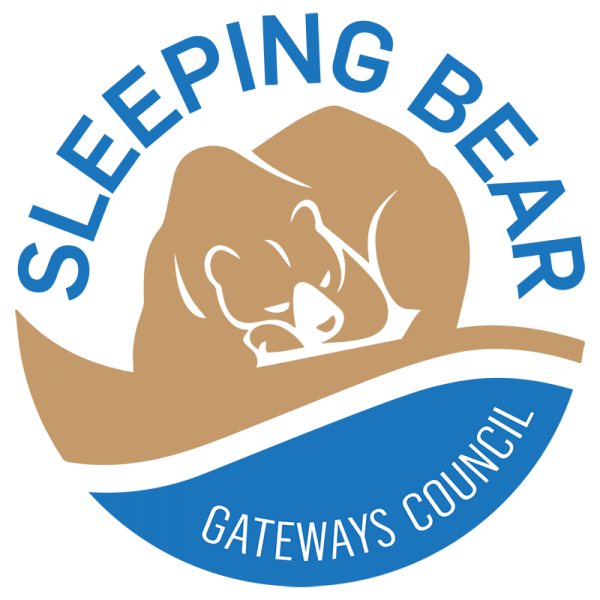Our gateway communities are real communities with schools, libraries, and senior services. A lack of affordable housing creates a variety of issues for business owners, municipalities, and local governments. They need year-round residents to staff stores and support local services.
Without adequate and attainable housing for families, essential workers, and public sector employees, communities stagnate and struggle to attract talent.
This is especially true in popular tourist areas like our gateway communities. We swell with seasonal residents and visitors in the summer and become ghost towns in the winter.
Why Workforce Housing Matters
Even as second-home owners and retirees move in, we need people who want to live and work in our gateway communities.
Some of the issues include:
- Understaffed restaurants, resorts, grocery stores, and retail shops
- Lack of employees for education, healthcare, and essential services
- Having people living in campers, boats, or roommate situations during tourist season
- Commuting long distances to work in tourist areas
- Being displaced permanently or every spring due to Airbnbs
- Lack of young families, schools, and tax base suffer
- No pride in homeownership or wealth creation
- No sense of community
- No fresh voices or faces with new ideas
Many local residents were born and raised in these communities before they became vacation hot spots. They understand the culture and the community, and they want to be able to own a home and raise a family here.
Challenges For Attainable Housing
Rural areas face unique challenges when it comes to workforce housing due to infrastructure, zoning, and local community issues.
For many housing developers, it’s simply not cost-effective to build subsidized housing. Public housing funding programs involve bureaucracy and stringent building requirements to secure available funding.
Developers are also up against funding, zoning, utility (well and septic), acreage per lot rules, and “not in my backyard” challenges. Read about the main types of workforce housing in our previous blog, Workforce Housing: What It Is.
Community planners, nonprofits, and developers continue to explore solutions, but building new housing is never a quick or cheap process.
Some proposed options include:
- Single-family clustered development
- Dormitory-style housing or lodge for seasonal employees
- Townhome rental units
- Campground sites for rent for seasonal workers
- Institutional or public partnerships to better manage developments
- Multi-use site that incorporates several housing types
Learn more by reading the Tool Kit for Workforce Housing Development in Rural Areas, which we developed in partnership with Mansfield Land Use Consultants.
Housing Affordability Affects All Residents
Turning a blind eye to affordable housing issues only makes the problem worse. You may start to see tax increases, businesses closing early due to a lack of staff, and the local schools unable to fill a teaching vacancy.
The overburdened working class starts to feel disenfranchised. People pack up and leave if they cannot make ends meet. School populations start to decline. Economic development stalls.
Quality of life erodes for everyone. And it’s virtually impossible for businesses to attract top talent if job seekers cannot find a place to live or housing costs make it cost prohibitive to relocate.
What is the SBGC doing to help resolve these issues?
- We are working with school districts to repurpose land donations received from the State allowing attainable housing as a permitted use.
- We are working with state representatives and senators to amend existing legislation to accomplish this on a statewide basis.
- We are working with relevant state agencies to gain support for using these properties for attainable housing where needed.
What You Can Do To Help
One effort includes advocacy and policy changes. The SBGC supports amending the Municipal Forest Act so school districts can repurpose land assets for workforce housing and reduce associated development costs.
- Read our article on this initiative, Amending Municipal Forest Act Would Allow School Districts to Repurpose Land for Housing Projects
- Please contact your Congressional representatives and Senators and let them know you support this initiative.
The need is urgent. We need your support to continue and reinforce these efforts. Support in the form of philanthropic giving, advocacy, and personal expertise is needed to develop and implement high-quality workforce housing that is economically, socially, and environmentally sustainable.
If you want to join our efforts, please visit sleepingbeargateways.org/contact and fill out the form or sign up for our email list.


